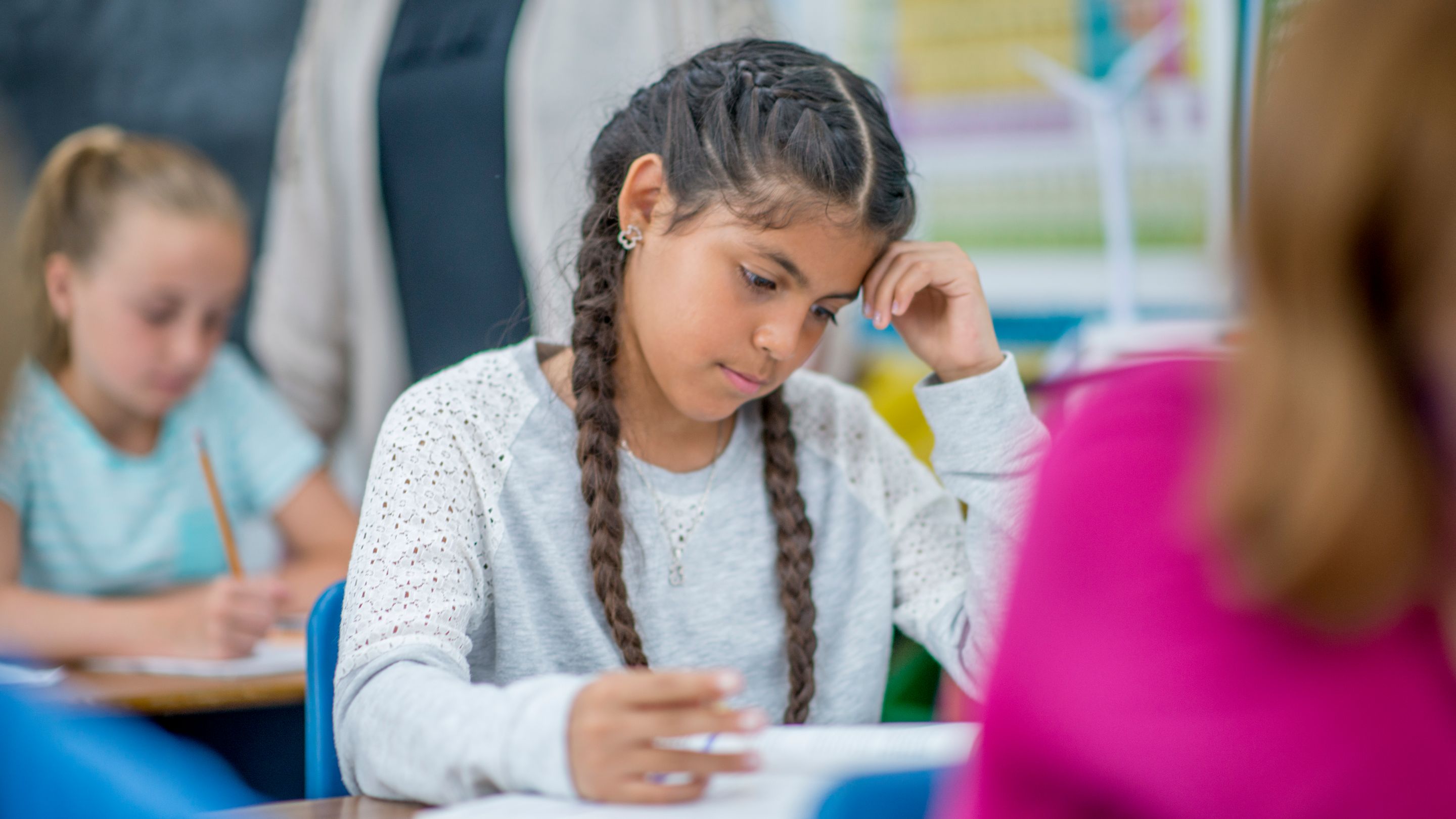How many times have teachers sitting in professional development been told that everyone is a reading teacher? I can vividly remember this phrase being uttered in the early years of my career, one where I was a young choir teacher who thought to herself, I have enough to worry about in my class, now I’m expected to teach reading? However, as I have matured, reflected on my classroom teaching, and, more recently, switched careers to an ELL English teacher, I realize that, yes, we are all literacy teachers. The importance of teaching students how to read and decode information in our subject areas is of utmost importance, as it empowers our students to better understand our content and how they can apply it outside of our classroom walls.
Within a mathematics classroom, teaching literacy is going to look different than in an ELA or history class. A great deal of mathematics focuses on identifying the correct formula to use and how to solve these formulas, however, students must build their academic language in order to understand what formulas they need for various situations. Understanding what proportion, coefficient, and variables is as important as understanding what setting, plot, and characters are in English Language Arts. Mathematical literacy goes beyond standard English, as there are several symbols, such as ⅀ and ℼ, that students must know in order to solve and notate various problems. Taking time to build this academic language is necessary, for without it students will struggle to understand what the math problems are asking them to do.
Literacy in the mathematics classroom also requires students to decode word problems, which means the mathematics teacher must teach the students how to read for their content level. Close reading strategies that teach students to read the problems multiple times, highlight or underline the key vocabulary, and then identify what the question is asking them to do will help them become better mathematics students. Identifying cross-curricular vocabulary will also help them become better students overall, as it is important for educators to identify the common bridges between all subject areas (and providing a wonderful answer to the age old question, “Why do I have to learn this?”).
.
One of the most important things to remember when building literacy in mathematics is to remember student understanding of how to decode mathematical equations and problems will not happen in a day. Scaffolding the instruction with gradual release is of utmost importance, as well as frequently referring to the mathematical vocabulary the students must know in order to achieve success. This also means teaching the close reading strategies multiple times as well. With all teachers in the school building approaching their subject as a literacy teacher, student achievement and confidence should follow.



Comments
Post a Comment